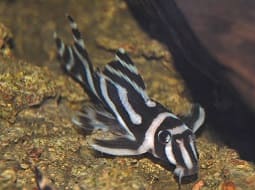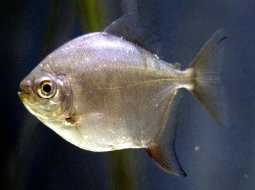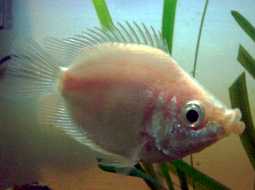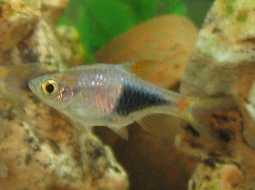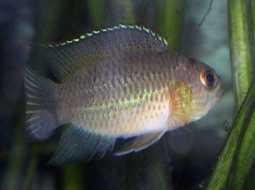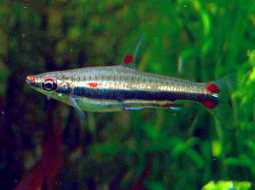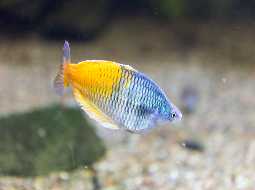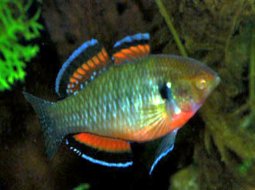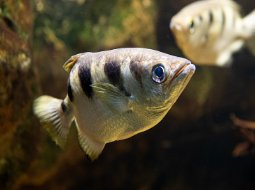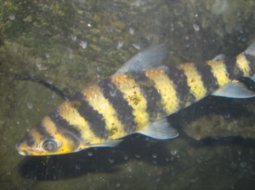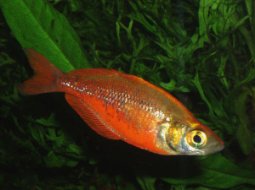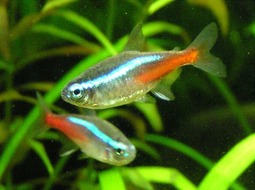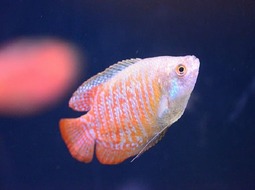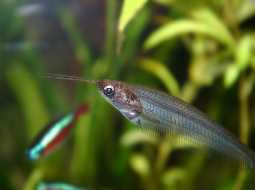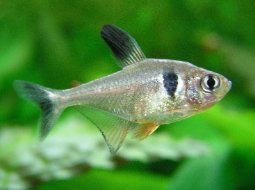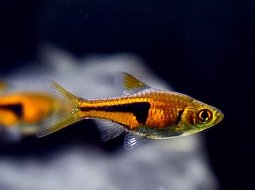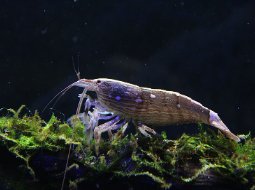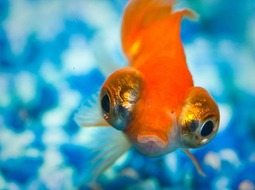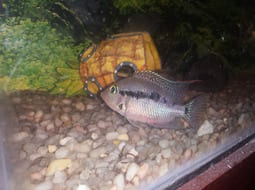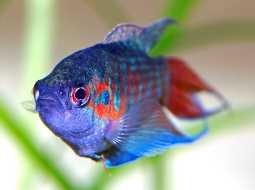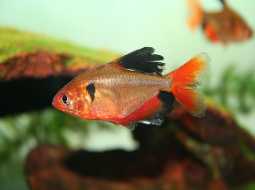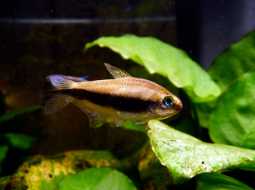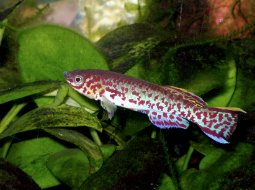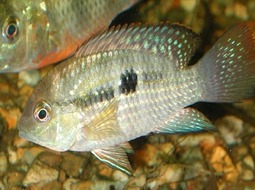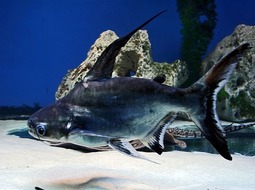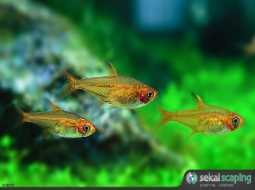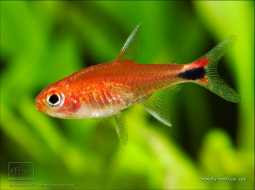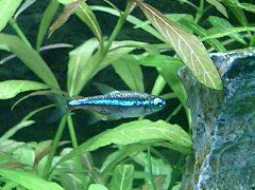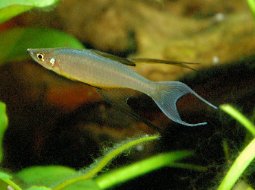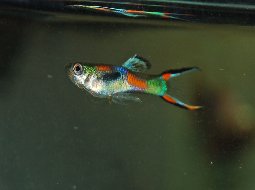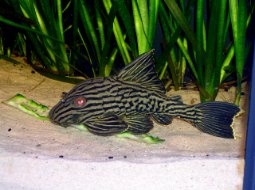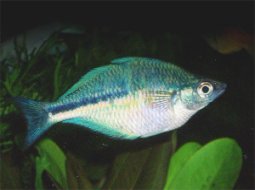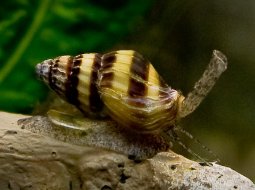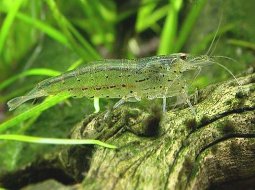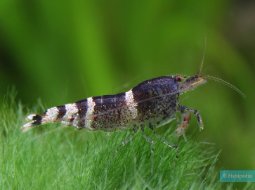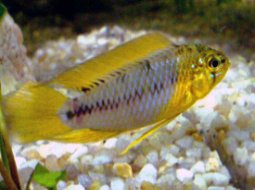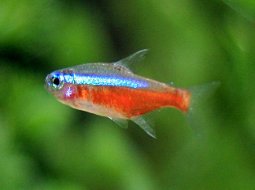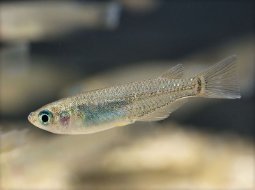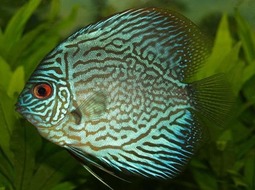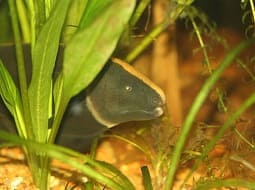
Loading Aqualapp ...
Care and Compatibility of Freshwater angelfish - Pterophyllum scalare
Introduction
The Pterophyllum scalare, commonly known as the Angelfish, is a freshwater fish species native to the Amazon basin in South America. This elegant fish is admired for its distinctive triangular shape and elongated fins, which give it a majestic appearance in aquariums. Its grace and beauty make it a popular choice among aquarium enthusiasts.
Behavior
The Angelfish is known for its peaceful and calm behavior. However, it is important to consider its territorial nature, especially during the breeding season. It is recommended to keep them in groups of at least 5 individuals to reduce aggression among them. Angelfish also get along well with other fish of similar size and peaceful temperament, but avoid keeping them with aggressive or fast-swimming species that may intimidate them.
Sexual Dimorphism
Sexual dimorphism in Pterophyllum scalare is subtle. Males tend to be slightly larger and have a more pronounced angle in their dorsal fin compared to females. However, the best way to determine sex is by observing their behavior during spawning, as pairs form naturally.
Reproduction
The reproduction of Angelfish can be a fascinating process. During courtship, the pair will form a bond and clean a flat surface to deposit their eggs. After spawning, the parents will take turns protecting and fanning the eggs until they hatch. Once the fry hatch, they can be fed with small and nutritious foods, such as infusoria or newly hatched brine shrimp.
Aquarium Conditions
Pterophyllum scalare prefers well-planted aquariums with dim lighting and shaded areas. A tall aquarium is recommended to allow angelfish space to swim vertically. Maintaining a stable water temperature is important, and providing a soft substrate to protect their sensitive barbels is essential.
Feeding
Angelfish are omnivorous, with a preference for live and frozen foods. You can feed them a variety of foods, such as mosquito larvae, daphnia, brine shrimp, worms, and high-quality flakes. They will also accept dry foods, such as pellets or flakes specifically formulated for tropical fish. Be sure to provide them with a balanced and varied diet to maintain their health and vitality.
Complexity
Pterophyllum scalare is of moderate to advanced care. It requires good water quality and stable parameters. They are sensitive to sudden changes in their environment, so an experienced aquarist is recommended for keeping tropical fish.
In case you need more help, or if you want to know into any topic related to the Pterophyllum scalare (Freshwater angelfish) and even any other species you can use the forums to ask what you need.
To do an analysis more detailed about coexistence and behavior of Pterophyllum scalare (Freshwater angelfish) use the Aquarium simulation tool, if you do this you can test different ways to combine the Freshwater angelfish with other fishes giving the dimensions and space on you aquarium, on this way you can known the optimal configuration for keep the fishes that you want.
You can also find out the 117 species compatible with the Pterophyllum scalare (Freshwater angelfish) can live together.
Note: The parameters of the water such as PH and temperature are also used to calculate the compatibility of the species.
Compatible species (117)
Compatible (40 Species)
Compatible without any restriction
Knowing Yourself From Small (7 Species)
If the Angelfish is adapted and used to the presence of these fishes it can tolerate them and live in the same aquarium together.
They can live together if they have known each other since they were very small, that is, they grew up and grew up together. it does not work in all cases, there may be exceptions.
Similar Sizes (11 Species)
They can coexist if they are the same size or very similar sizes, it does not work in all cases, there may be exceptions.
With Reservation (16 Species)
Compatible in some cases, it depends on the nature and personality of the fish.
Las especies territoriales por lo general pueden convivir con especies protegidas con coraza, ya que no pueden hacerles daño por su dura piel, lo que si hay que tener en cuenta es tener un acuario con dimensiones favorables para que cada pez pueda delimitar un territorio, ya que la mayoría de peces acorazados son también peces de fondo y les gusta estar buscando lugares donde ocultarse.
Showdown over territory (5 Species)
Fish can live together as long as the space is spacious enough to delimit a territory, otherwise there may be aggressions for competing for the territory.
Considerable size difference (31 Species)
They can coexist while they are similar in size or the size difference is not very abysmal, since as the fish grows it increases the chances of eating its partner that did not grow much.
Food competition (1 Species)
They can live together but you have to be careful since it is likely that the fastest fish will take all the food and leave nothing for their partners who are slow swimmers, so you have to make sure that everyone can eat.
Compatible if space is enough (6 Species)
They can coexist together if the aquarium they share is large and spacious enough for both species to feel good, as some fish may attack others to feel that they have little space and try to eliminate the competition.
Freshwater angelfish
Pterophyllum scalare

- Ph: 6 - 7.2
- Temperature (c°): 24 - 28
- Measures: 15 cm
- Aquarium Capacity:
23 Liters - 6 Gallons - Alimentación: Omnivores
- Colores: Black, Brown, Gris, White
- Comportamiento: Shoal, Territorial
- Habitad: American
- Morfología: Thorns or pointed
- Preferencias del Acuario: Natural plants, Sand
- Tamaño: Medium
- Taxonomía: Cichlids, Fish
- Tipo de Agua: Sweet water, Tropical waters
- Velocidad de nado o movimiento: Normal
- Zona de Nado: Swim in the middle of the aquarium, Vertical Swim


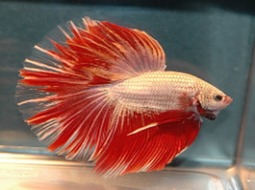

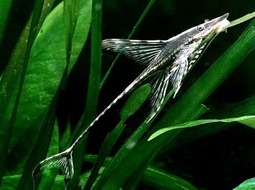
.jpg)
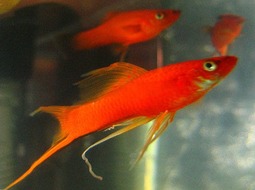
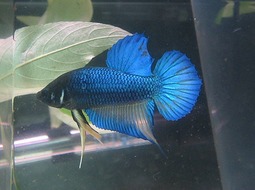

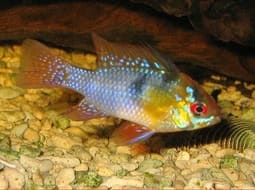
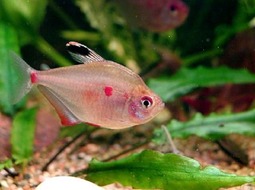




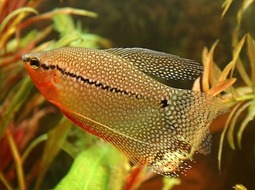



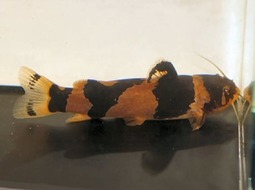
.jpg)


